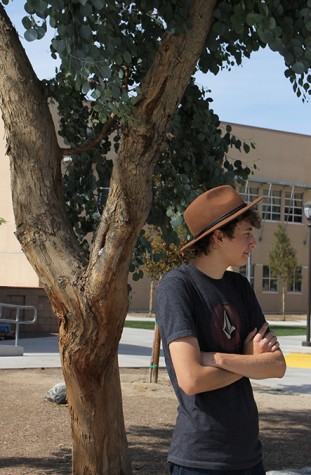The Mercury Transit
May 16, 2016
People looking to the sky on May 9 will be able to see Mercury slowly make its voyage across the sun. A rare celestial occurrence will be taking place called the transit of Mercury. This phenomenon occurs when Mercury crosses paths between Earth and our sun.
“I have never heard of the Mercury transit,” Jeovany Sanchez, 12, said, “but the fact that it only happens such a few times in our lifetime makes it a must see.”
Another event similar to this one would be the Venus transit that occurred in 2012. The Venus transit, however, is a less frequent occurrence than Mercury transit. Astronomers have calculated that Venus will not cross the sun again until 2117. The lucky few who witnessed the Venus transit first hand are among the handful of people in this generation who will ever see it in person. The rest could probably find a video online.
“I can’t believe I will never get to see Venus cross our sun again in my lifetime,” Samuel Vasquez, 12, said. “I can’t afford to miss seeing Mercury’s transit across the sun.”
People will be able to view the event almost anywhere in the world, the only exceptions are: East Asia, Japan, Indonesia, Australia and New Zealand. Downey residents rejoice. If some happen to miss the event or happen to not be in the area, they can watch it live online or later on YouTube.
“The thought of being able do see a whole planet move right before your eyes is amazing,” Breana Bradford, 12, said. “I can’t wait to witness it with my own eyes.”
The radius for the sun is approximately 432,474 miles while the radius for Mercury is 1,516 miles. Seeing the Mercury transit gives a good visual of Mercury’s small geographical circumference, since it is the smallest planet in or solar system. Make sure to not forget to wear the proper eye protection before looking directly into the sun, serious eye damage can occur otherwise.




